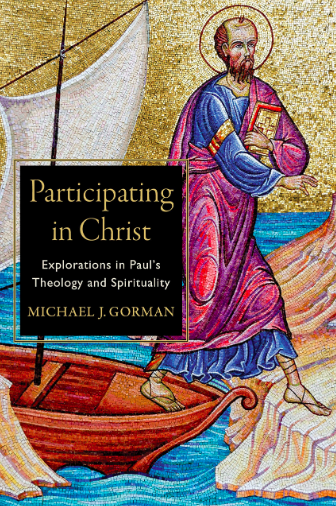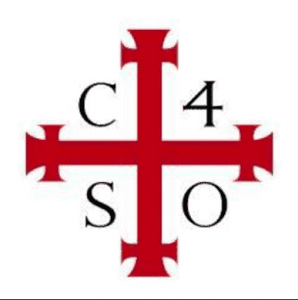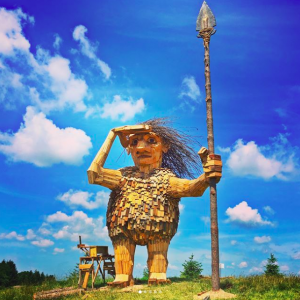 What was the biggest showdown in church history? One could make an argument for the 16th Century Reformation, which impacted the church dramatically. Or the split of the Western and the Eastern church in the 11th Century, which had the same kind of impact. But perhaps the biggest showdown of them all was the battle between Arius and the proponents of what became the Nicene Creed. This is admirably sketched in Ronald Heine, Classical Christian Doctrine.
What was the biggest showdown in church history? One could make an argument for the 16th Century Reformation, which impacted the church dramatically. Or the split of the Western and the Eastern church in the 11th Century, which had the same kind of impact. But perhaps the biggest showdown of them all was the battle between Arius and the proponents of what became the Nicene Creed. This is admirably sketched in Ronald Heine, Classical Christian Doctrine.
The issues: the earliest Christians believed in one and only one God. They believed as well that Jesus, the Son of God, was fully God. How to articulate Jesus as “God” and, at the same time, hold firmly to one God? That’s the issue. Some attempts made the Son a second kind of god, while modalism ended up with one God but appearing in different modes over time, while some simply said Jesus wasn’t God like the one God. He had to be human.
Arius of Alexandria believed in one God, and believed the one God was absolutely unique and his term was that this one God was “unbegotten.” The Son, Arius argued, was “begotten.” Since the term “begotten” would have meant the Son had the same “nature” as the Father, which is what orthodoxy affirms, Arius made it clear that his understanding of “begotten” meant “created” and that meant the Father and the Son did not have the same nature.
The story is rather well known and quite capable of caricature, which Dan Brown did. But Constantine saw this issue rending the empire in two, especially in the east, so he got the bishops together at Nicea, in Western Turkey today, for a council and the Nicene Council brought together the consensus of the church on christology. That is, it sought to clarify how the Son could be divine and the Father divine, have one God and not two gods. Yes, it sought peace here also to create peace in the empire. Some 200-300 bishops attended, though the balance of numbers was eastern. This set of lines articulates a christology that opposes Arius:
We believe in one Lord, Jesus Christ,
the only Son of God,
eternally begotten of the Father,
God from God, Light from Light,
true God from true God,
begotten, not made,
of one Being with the Father.
The word “begotten” does not mean “created” and he is “eternally” begotten so the Son is eternal and always was. He is “of one being” with the Father.
One God, yet the Father and Son each is God and of the same nature. Two persons, one nature. (Three persons when we factor in the Holy Spirit.)
The debate lingered but this became the orthodox position of the church. This council did not determine this orthodox theology for this theology existed prior to Nicea. This was a precise and clear articulation and an articulation on which the bishops agreed and one that became orthodox christology. It is still orthodox christology.
Athanasius argued, and he was orthodoxy’s most articulate theologian, that death cannot be defeated by a human; only God can defeat and undo death. This is an early glimpse of Anselm. And one can worship Jesus Christ only if he is God. One should not worship a human. It is important here to mention the exceptional work of Larry Hurtado whose life project was showing that high christology emerged not so much from theological debate but from very early Christian experience in worship. (See his Lord Jesus Christ.)










